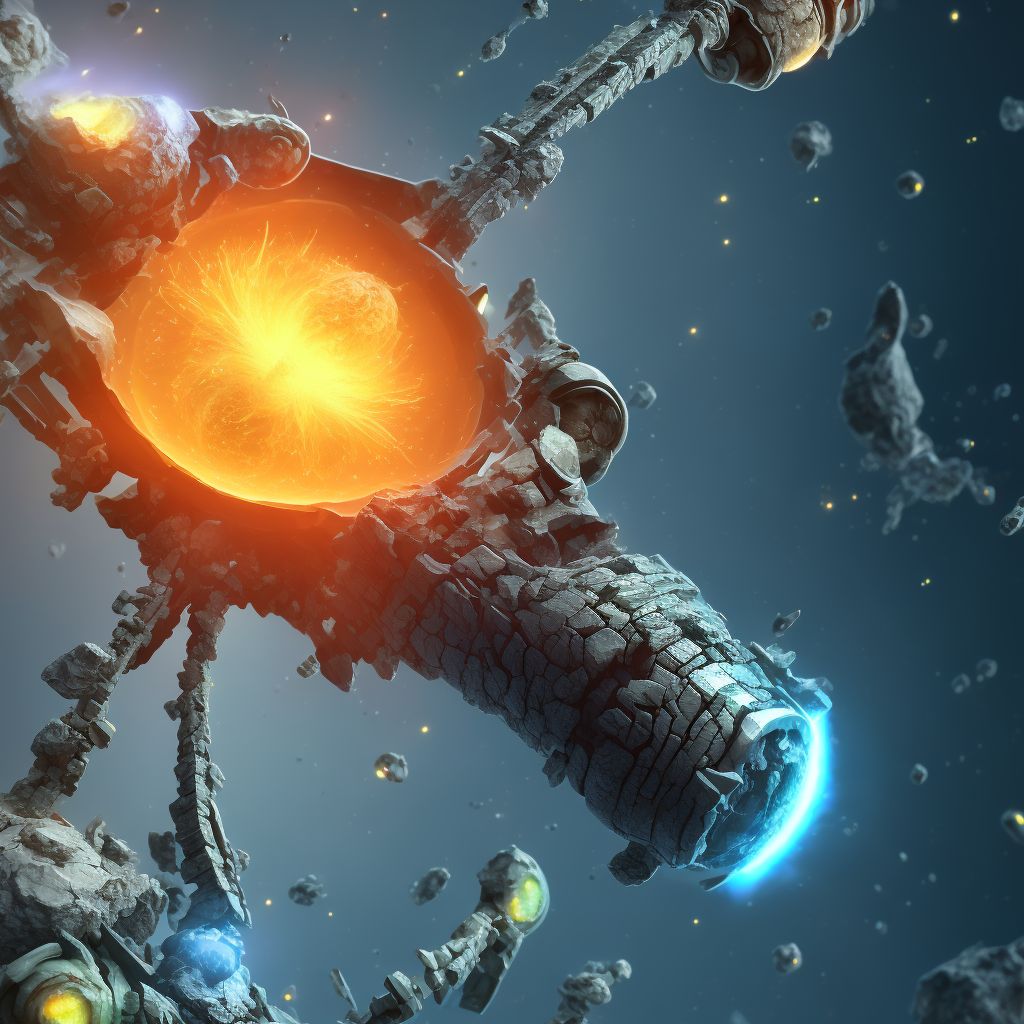
Nondisplaced spiral fracture of shaft of left tibia, subsequent encounter for open fracture type I or II with delayed healing Save
ICD-10 code: S82.245H
Disease category: S82.245: Nondisplaced spiral fracture of shaft of left tibia
Nondisplaced Spiral Fracture of Shaft of Left Tibia: Understanding the Condition
When it comes to bone fractures, the nondisplaced spiral fracture of the shaft of the left tibia is a condition that requires attention. This type of fracture occurs when the tibia, or shinbone, breaks in a spiral pattern, resulting in a slight separation of the bone fragments. In this article, we will explore the subsequent encounter for open fracture type I or II with delayed healing, providing valuable insights into this condition.
1. Understanding Nondisplaced Spiral Fractures: A nondisplaced spiral fracture refers to a fracture in which the bone fragments remain aligned, with minimal separation. The spiral pattern indicates the twisting force that caused the fracture, often resulting from accidents, sports injuries, or falls.
2. Shaft of Left Tibia: The tibia is the larger of the two bones in the lower leg, commonly known as the shinbone. The shaft of the tibia refers to the long, straight portion of the bone between the knee and ankle joints. A fracture in this area can cause pain, swelling, and difficulty in walking or bearing weight.
3. Open Fracture Type I or II: An open fracture occurs when the broken bone pierces through the skin, increasing the risk of infection. Type I or II open fractures are classified based on the severity of soft tissue damage. Treatment for open fractures typically involves cleaning the wound, stabilizing the bone, and administering antibiotics to prevent infection.
4. Delayed Healing: In some cases, fractures may exhibit delayed healing, which refers to a prolonged recovery process. Factors such as poor blood supply, inadequate immobilization, or infection can impede the healing process. Close monitoring and appropriate medical intervention are necessary to ensure proper healing.
- Causes: Nondisplaced spiral fractures can occur due to various reasons, including sports injuries, falls, twisting motions, or trauma to the leg.
- Symptoms: Common symptoms of this fracture include pain, swelling, bruising, tenderness, and difficulty in walking or standing.
- Diagnosis: A healthcare professional will typically perform a physical examination, order X-rays, or other imaging tests to confirm the diagnosis and determine the severity of the fracture.
- Treatment: Treatment options for this condition may involve immobilization using a cast or brace, physical therapy, pain management, and close monitoring to ensure proper healing.
It is crucial to consult a healthcare professional for an accurate diagnosis and appropriate treatment plan tailored to each individual's specific needs. By
Treatment of Nondisplaced spiral fracture of shaft of left tibia, subsequent encounter for open fracture type I or II with delayed healing:
Treatment Options for Nondisplaced Spiral Fracture of the Shaft of Left Tibia, Subsequent Encounter for Open Fracture Type I or II with Delayed Healing
If you have been diagnosed with a nondisplaced spiral fracture of the shaft of your left tibia, subsequent encounter for open fracture type I or II with delayed healing, it's crucial to understand the available treatment options. Wi...
To see full information about treatment please Sign up or Log in